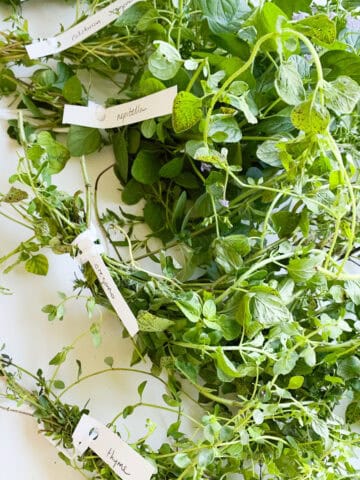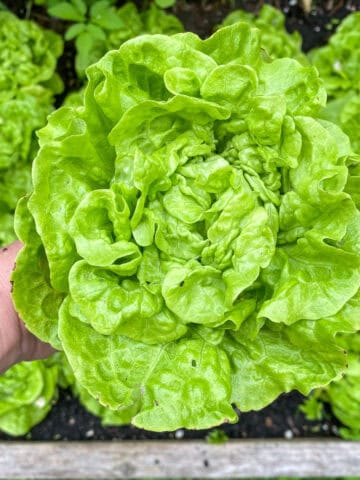Each year that I grow vegetables in my backyard urban garden, I experiment with new to me seeds for a number of reasons: to diversify my crops and enrich my soil, to have the pleasure of eating a wider variety of growing things, and simply for the sheer delight of experimenting with something new. As I become more experienced as a food grower I continually aim to make my growing season more productive in my modest square foot garden beds, especially during parts of the year where certain plants do not grow as well. Finding that my garden beds were somewhat empty during the height of summer, when lettuces and spinach have already been harvested before the heat can make the plants bolt and become bitter, I realized that I had an opportunity to find something heat tolerant that would make this part of the season more productive - enter New Zealand Spinach!

Actually a native plant of my own birthplace Australia, New Zealand Spinach is also a “non-endemic” wild species in New Zealand, and despite the climate of its origins, this hardy plant has been grown in European and North American gardens for the past hundred years. Not truly a spinach, New Zealand Spinach thrives when other spinach cannot - during the hottest part of the summer. To say it thrives may even be an understatement; despite a relatively slow start with my own seedlings due to cooler than ideal soil temperature, I soon had a tangle of trailing vine-like stems positively bursting with tender, green leaves. Despite regular cutting back and picking of the succulent, pointed leaves, which I learned only increased their productivity, my plants were soon cascading over the edges of my garden beds on one side and transgressing through the fence into my neighbour’s garden on the other side! Even when left alone with no cutting for various periods, my New Zealand Spinach continued to provide me with regular and generous harvests of leaves to cut, from the smallest new leaves to the still surprisingly tender larger leaves.

New Zealand Spinach is apparently perennial in mild winters, which is certainly not how I would describe winter in Toronto, however, this capability to tolerate colder temperatures meant that I harvested the last of my own crop in late October, and I potentially could have left it going even longer. After only one season I can now say that New Zealand Spinach will become an annual fixture in my garden. I plant to start seedlings indoors under grow lights sometime in the later spring or early summer, so that once my summer harvests have been picked, I have something ready to take their place in my garden.
As I had numerous harvests of New Zealand Spinach throughout its growing season I was never in short supply of fresh greens to use the way I would use baby spinach - blended into smoothies, cooked with other greens in my Green Sausage Rolls or Garden Fresh Furikake, thrown into bean dishes or stews, or chopped up into salads. While some sources state that New Zealand Spinach can have higher levels of oxalates than spinach, and can be blanched before eating to reduce those compounds, I never handled it any differently than spinach, eating it all summer long in modest quantities with no ill-effects.
Many online sources carry New Zealand Spinach seeds; I found my seeds here, but there are numerous other sources that may be more accessible to your location.





Leave a Reply